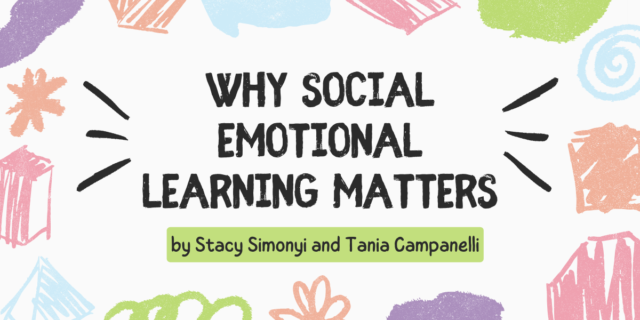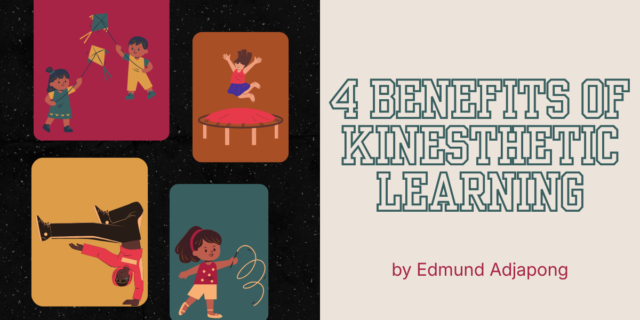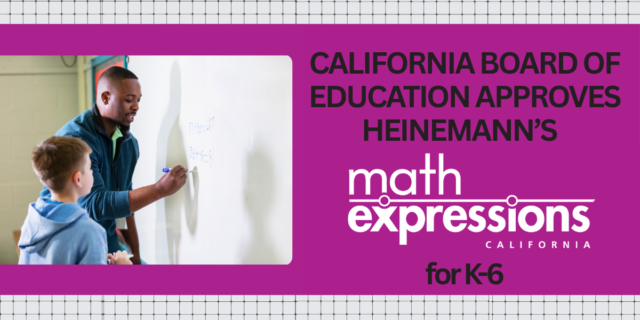 Marilyn Pryle is an English teacher at Abington Heights High School in Clarks Summit, PA and has taught middle and high school English for over twenty years. She is the author of several books about teaching reading and writing, including 50 Common Core Reading Response Activities and Writing Workshop in Middle School. Learn more about Marilyn at marilynpryle.com.
Marilyn Pryle is an English teacher at Abington Heights High School in Clarks Summit, PA and has taught middle and high school English for over twenty years. She is the author of several books about teaching reading and writing, including 50 Common Core Reading Response Activities and Writing Workshop in Middle School. Learn more about Marilyn at marilynpryle.com.
You can follow Marilyn on Twitter @MPryle




